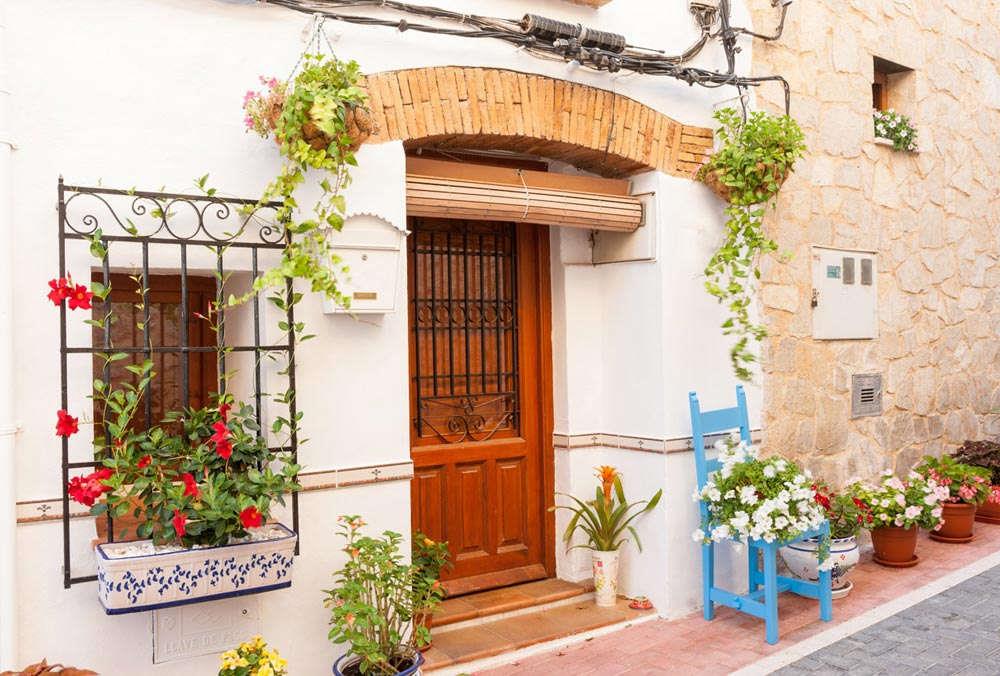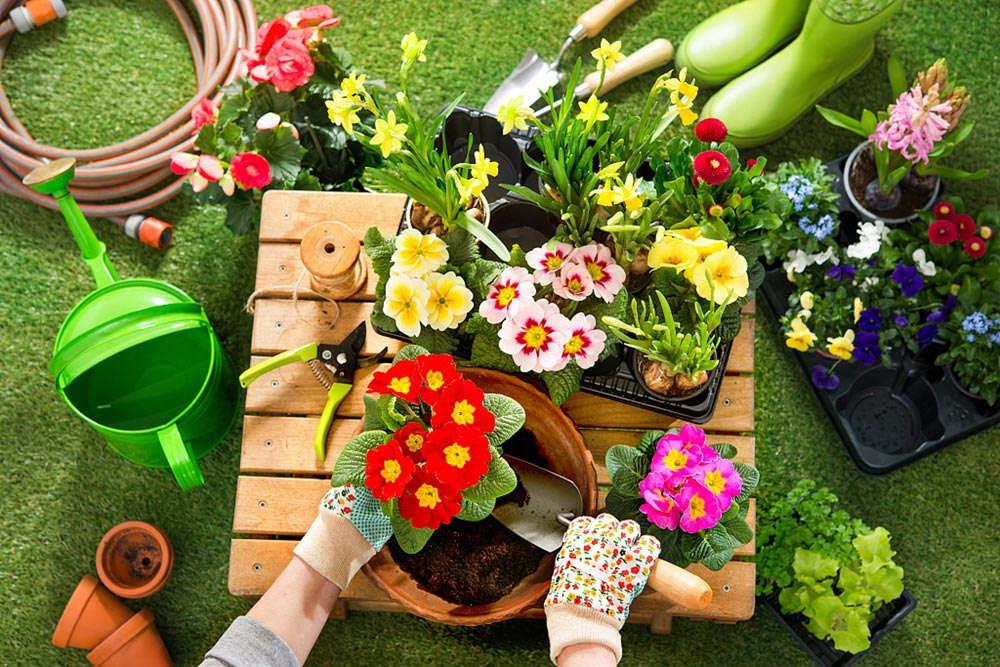How to raise zebra Dieffenbachia
Last Update :2024.12.12
Article Catalog
3. Problem diagnosis and treatment
Substrate: Sandy loam soil with loose soil and good air permeability is preferred. General garden soil can also be used. Light: Suitable for cultivation indoors with good light, avoid direct exposure of strong light to the plants. Moisture: Irrigation should be strengthened in summer, and water application can be reduced in winter. Temperature: It grows well at a temperature of 20℃-28℃. It is best to keep the room temperature above 8℃ in winter.

2. Breeding skills
1. Maintenance method
1. Substrate selection: It does not have strict soil quality requirements. General garden soil can be used. If conditions permit, it is best to choose sandy loam soil with good air permeability and loose soil. good.

2. Light management: It likes a damp environment and is afraid of It is exposed to strong direct light, so it is more suitable to be cultured in a semi-shaded position. The strong sunlight in summer and autumn can easily burn the leaves, so shade and sun protection measures need to be taken. For daily maintenance, it can be placed indoors with good light. There is no need to move it to an outdoor environment to bask in the sun.

3. Moisture management: In summer when the temperature is relatively high, It is necessary to strengthen the irrigation of the plants, preferably once every morning and evening. You can also spray water around appropriately to increase the humidity of the pot soil and environment. In spring and autumn, it is advisable to water "when it is dry and when it is wet". In winter, watering should be reduced to prevent plant roots from rotting or frostbite.

4. Temperature management: It likes warmth and is cold-resistant. It is relatively poor and grows well under temperature conditions of 20℃-28℃. It is best to keep the room temperature above 8℃ in winter. If the temperature is low, appropriate cold resistance measures need to be taken to avoid plant death due to frostbite.

2. Breeding skills
1 1. Propagation method: It can be propagated by sowing or dividing, among which the dividing method is more common. Dividing is usually done between February and March. Just divide it into several rooted plants and plant them separately.

2. Repot method: It is best to repot every year It is carried out in spring, and the diameter of the flowerpot can be selected according to the size of the plant.

3. Problem diagnosis and treatment
1 2. Yellowing of leaves: It is very afraid of direct sunlight. Short-term exposure of the leaves to strong light will cause yellowing or even scorching. At the same time, lack of water will also cause chlorosis of the leaves. Pay attention to shade and provide sufficient water.

2. Frostbite: It has poor cold resistance, so avoid cold Frost can cause frostbite or even death in an environment close to 0℃. If the temperature in winter is lower than 10°C, watering should be reduced, the pot soil should be kept dry, and appropriate measures to keep warm should be taken to help it survive the winter.

IV. Other questions
1 , Placement: Its leaves have clear markings, dark green leaves, high gloss, dignified and elegant, excellent ornamental effect and simple maintenance. It can survive for a long time without too much care, and is very suitable for cultivation indoors as a green decorative potted plant. .

2. Toxicity: Its leaf sap is poisonous. It is also very toxic and can make people mute. When breeding at home, care must be taken to prevent children and pets from accidentally eating it.
Which large green plants are easy to grow (indoor and outdoor)

The most common large-scale green plant planted indoors is the Dripping Water Guan...
Can the Happiness Tree be cut in autumn? What is the best season for the Happiness Tree cuttings?

You can take cuttings of the Happy Tree in autumn, when the climate is relatively ...
